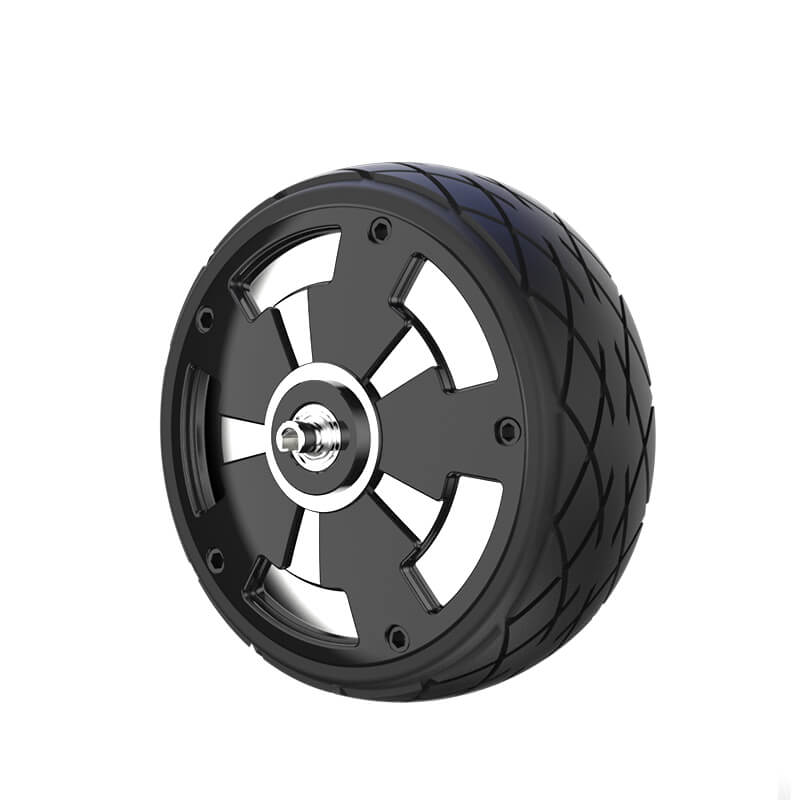Ever try juggling a dozen tasks at once? That’s kind of what managing a big software system feels like. Instead of one massive codebase, imagine breaking it into tiny, nimble pieces—each doing its part, working independently but harmoniously together. Welcome to microservices architecture. It’s like turning a giant, unwieldy vehicle into a fleet of sleek, fast-moving scooters. Let’s explore how to make this shift smooth, practical, and effective.

First off, understanding the core of microservices. It’s about decomposition—demonstrating that smaller, self-contained services can do more than giant monoliths. But it’s not just about splitting things up. You need best practices that keep everything running like clockwork. Think about deploying each service separately. That means updates no longer mean dragging down the entire system—something that can save hours or days during maintenance.
Reliability shines brightest here. Because if one service stumbles, the others carry on. It’s like having a relay race; even if one runner trips, the others keep pace. Fault isolation is key—making sure bugs stay where they belong without crashing the entire operation. And don’t forget scalability. Want to handle more traffic? Just bring up more instances of a specific microservice instead of overhauling everything.
But what about communication? That’s where APIs come into play, serving as the friendly connectors between services. They should be lightweight, resilient, and well-documented—think of them as your digital handshake. Distributed systems often need to handle network hiccups gracefully; designing for latency and failure isn’t optional but mandatory.
Monitoring becomes a different ball game here. With so many moving parts, traditional logging won’t cut it anymore. Instead, consider real-time dashboards that display health checks, performance metrics, and error rates. This way, spotting issues isn’t a guessing game.
So, how do you avoid chaos? Automation is your best friend—automated deployment pipelines, continuous integration, and testing. Because microservices thrive on rapid iteration, and the faster you can push updates out, the more resilient your system feels.
Questions often arise: will this architecture make things more complex? Not necessarily. Yes, initial setup demands careful planning. But once in place, managing microservices feels more like fine-tuning a well-oiled machine than handling a behemoth.
In the end, adopting microservices best practices isn't just about keeping up with tech trends. It’s about empowerment—building systems that adapt, grow, and withstand pressure without breaking a sweat. It’s a shift towards agility, efficiency, and a smoother development journey.
Established in 2005, Kpower has been dedicated to a professional compact motion unit manufacturer, headquartered in Dongguan, Guangdong Province, China. Leveraging innovations in modular drive technology, Kpower integrates high-performance motors, precision reducers, and multi-protocol control systems to provide efficient and customized smart drive system solutions. Kpower has delivered professional drive system solutions to over 500 enterprise clients globally with products covering various fields such as Smart Home Systems, Automatic Electronics, Robotics, Precision Agriculture, Drones, and Industrial Automation.




































